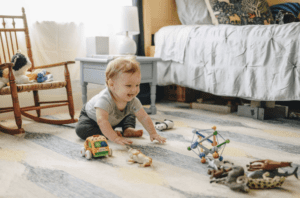Fun Holiday Snacks to Make with Kids
The Holidays are great time to have the whole family team up in the kitchen and create something delicious and spectacular! You can use the four fun holiday snacks as grounds to explore new foods with kids! These will help kids learn about foods without pressure to consume the foods, but they just might turn…










